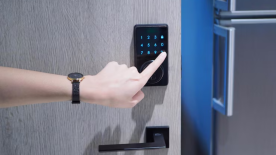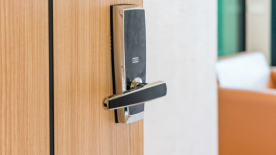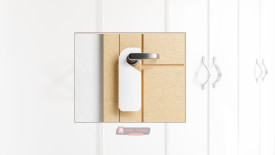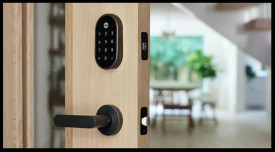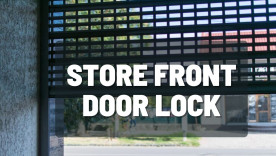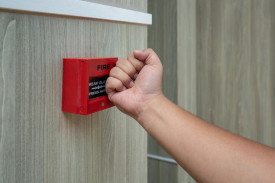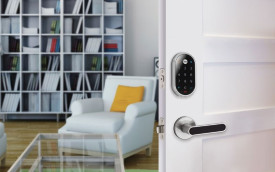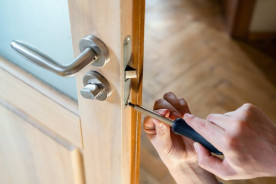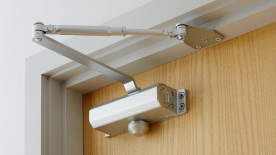Hello there! Welcome to the digital era of security, where the traditional lock and key have developed into advanced keypad door lock systems. As a business owner, property manager, or just someone interested in modern security solutions, this guide is your one-stop shop for understanding commercial keypad door lock systems.
So don’t wait any longer, let's unleash the features, benefits, and considerations that make these systems a key player in securing commercial properties.
Choose Commercial Keypad Door Lock Systems
We all are familiar with keypad door locks that offer a blend of ease and security that traditional locks can't m

